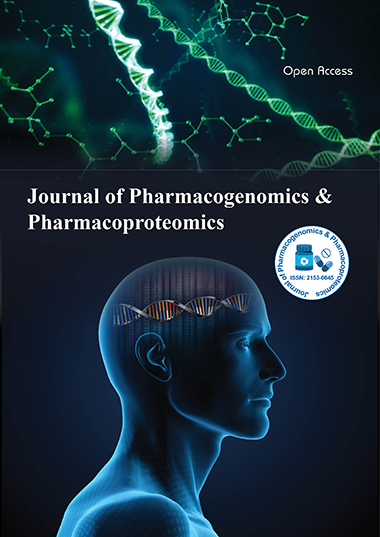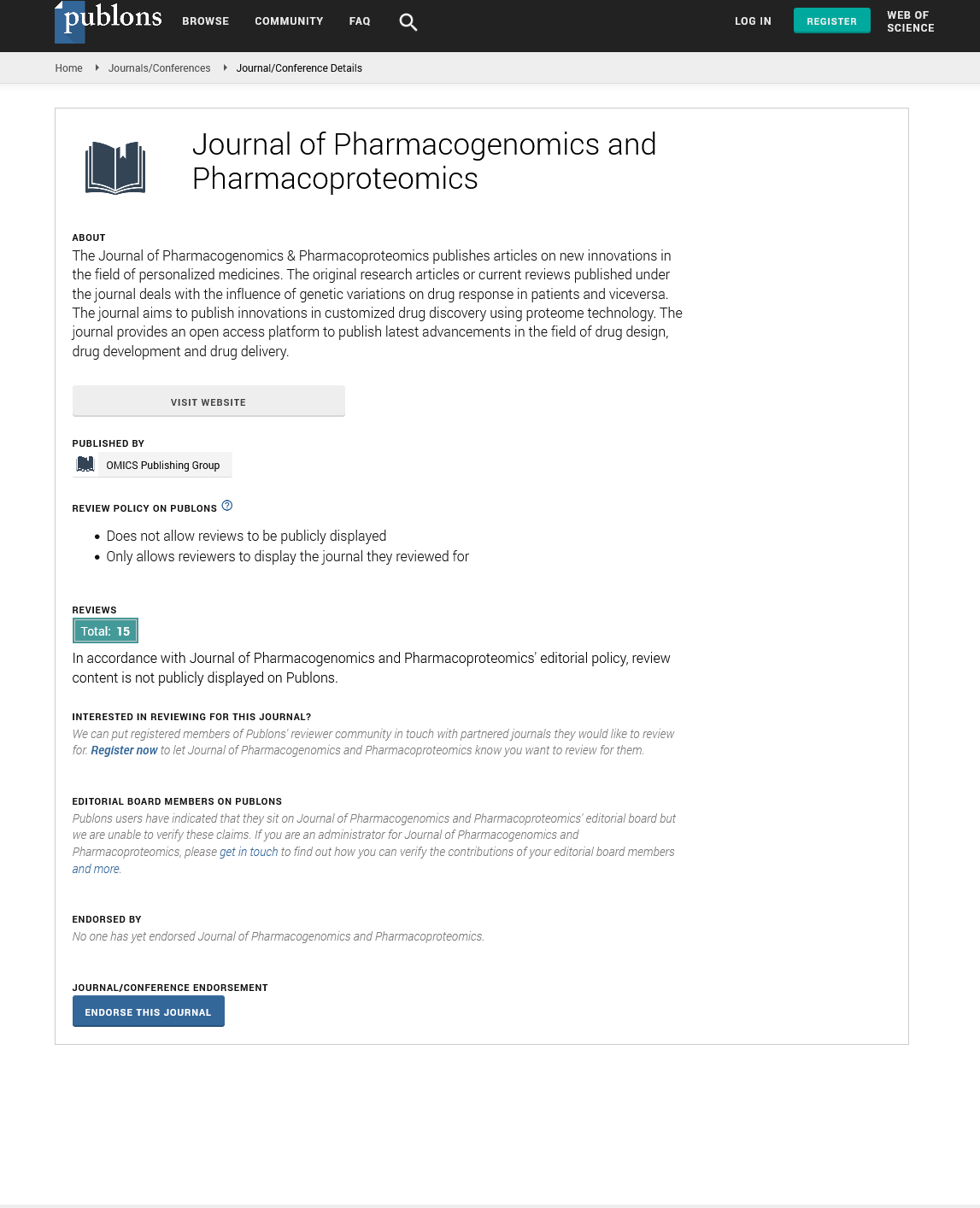Indexed In
- Open J Gate
- Genamics JournalSeek
- Academic Keys
- JournalTOCs
- ResearchBible
- Electronic Journals Library
- RefSeek
- Hamdard University
- EBSCO A-Z
- OCLC- WorldCat
- Proquest Summons
- SWB online catalog
- Virtual Library of Biology (vifabio)
- Publons
- MIAR
- Euro Pub
- Google Scholar
Useful Links
Share This Page
Journal Flyer

Open Access Journals
- Agri and Aquaculture
- Biochemistry
- Bioinformatics & Systems Biology
- Business & Management
- Chemistry
- Clinical Sciences
- Engineering
- Food & Nutrition
- General Science
- Genetics & Molecular Biology
- Immunology & Microbiology
- Medical Sciences
- Neuroscience & Psychology
- Nursing & Health Care
- Pharmaceutical Sciences
Lithium effects on stem cells: Still interesting through all these years
3rd International Conference on Predictive, Preventive and Personalized Medicine & Molecular Diagnostics
September 01-03, 2015 Valencia, Spain
Vincent S Gallicchio
Clemson University, USA
ScientificTracks Abstracts-Workshop: J Pharmacogenomics Pharmacoproteomics
Abstract:
Lithium (Li) salts have been widely used in psychiatry as mood stabilizing agents for 60 years. Li found in variable amounts in foods, especially grains, vegetables, and in some areas, the drinking water provides a significant source of the element. Therefore, dietary intake in humans depends on location, type of foods consumed, and fluid intake. Traces of Li have been detected in human organs and tissues, leading speculation that the element was responsible for specific functions in the human body. It was not until the 20th century that studies performed in the 1970‚??s and 1990‚??s, primarily in rats and goats, maintained on Li-deficient diets demonstrated higher mortality, altered reproductive and behavioral abnormalities. Such deficiencies have not been detected in humans; however, studies performed on populations living in areas with low Li levels in water supplies have been associated with higher rates of suicides, homicides, and the arrests rate for drug abuse and other crimes. Li appears to play a significant role in early fetal development as evidenced by high Li levels during the early gestational period. Biochemically, the mechanism of Li action involves multi- factor and interconnected pathways with enzymes, hormones, vitamins, and growth and transforming factors. This body of evidence now appears sufficient to label Li as an essential element with the recommended RDA for a 70 kg adult of 1000 mg/day. Of extreme importance for the future is the growing body of evidence indicating Li can be used effectively for the treatment of acute brain injuries, e.g., ischemia and chronic neurodegenerative diseases such as Alzheimer‚??s disease, Parkinson‚??s disease, Tauopathies, and Huntington‚??s disease. This conclusion is based upon evidence showing Li as important in neurogenesis as well as protecting neurons from neurotoxicity. Li influences stem cells, both neuronal and marrow derived, thus, the additional therapeutic implications for this element in clinical medicine to treat disorders associated with the faulty production of blood and nerve cells or as a tool to enhance blood stem cell mobilization for transplantation.
Biography :
Vincent S Gallicchio is Professor of Biological Sciences, Public Health and Microbiology at Clemson University. He is the Vice President of the Trace Element Research Centers operating under UNESCO and the immediate Past-President of the International Federation of Biomedical Laboratory Science. He has authored more than 200 peer-reviewed scientific articles, book chapters and textbooks. He is the Inventor on eleven US and one international patent focused on drug delivery. He has received more than $22 million in research funding. In 2003 he was presented to her majesty Queen Elizabeth of England for his efforts promoting higher education opportunities for British students.
Email: vsgall@clemson.edu

